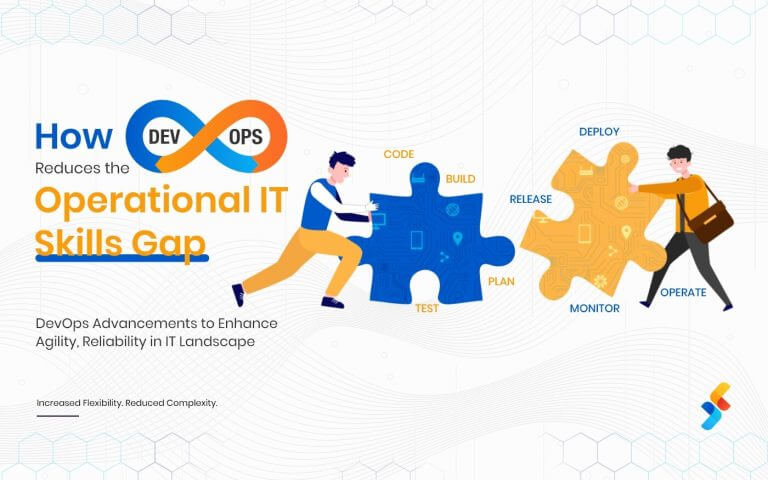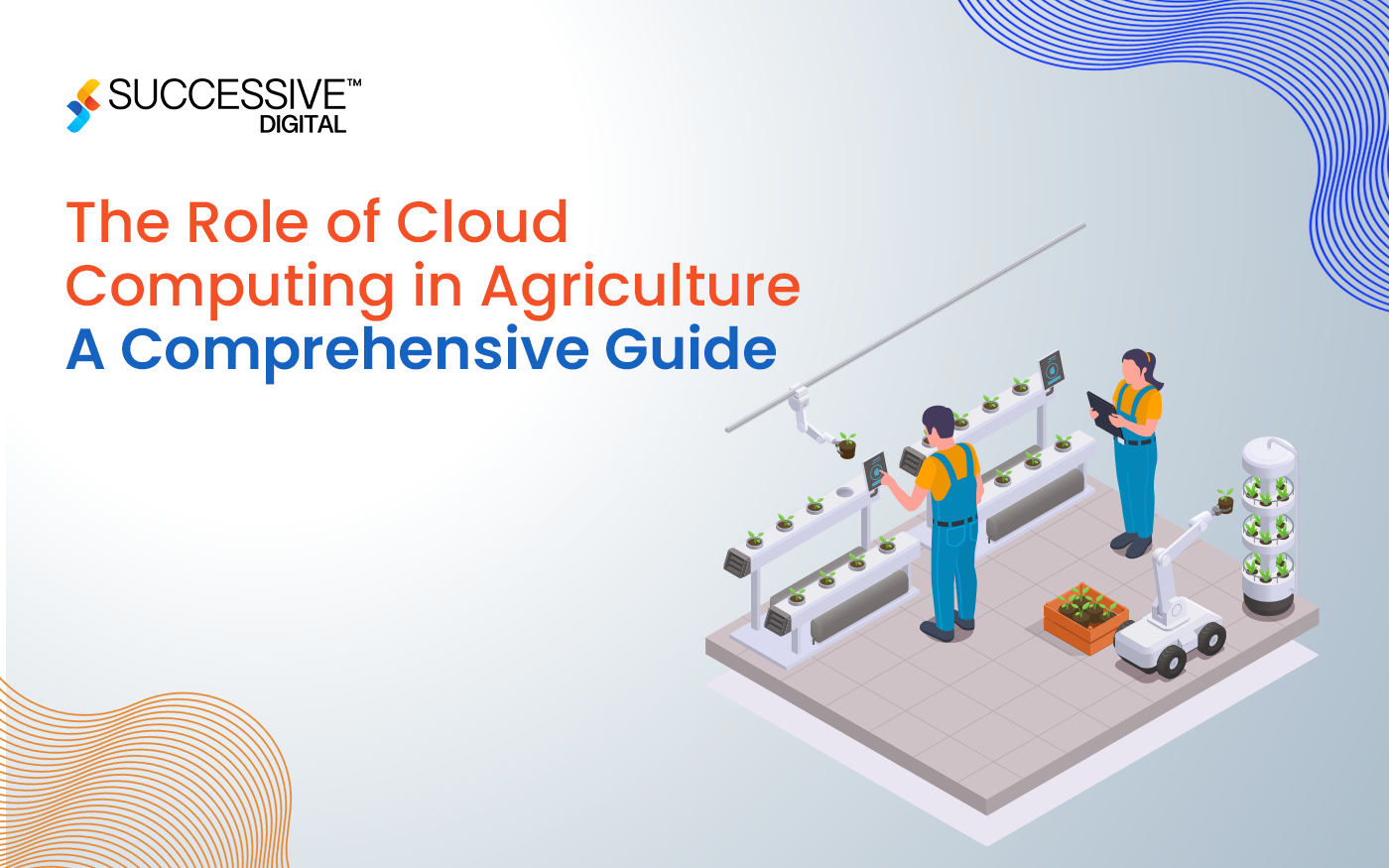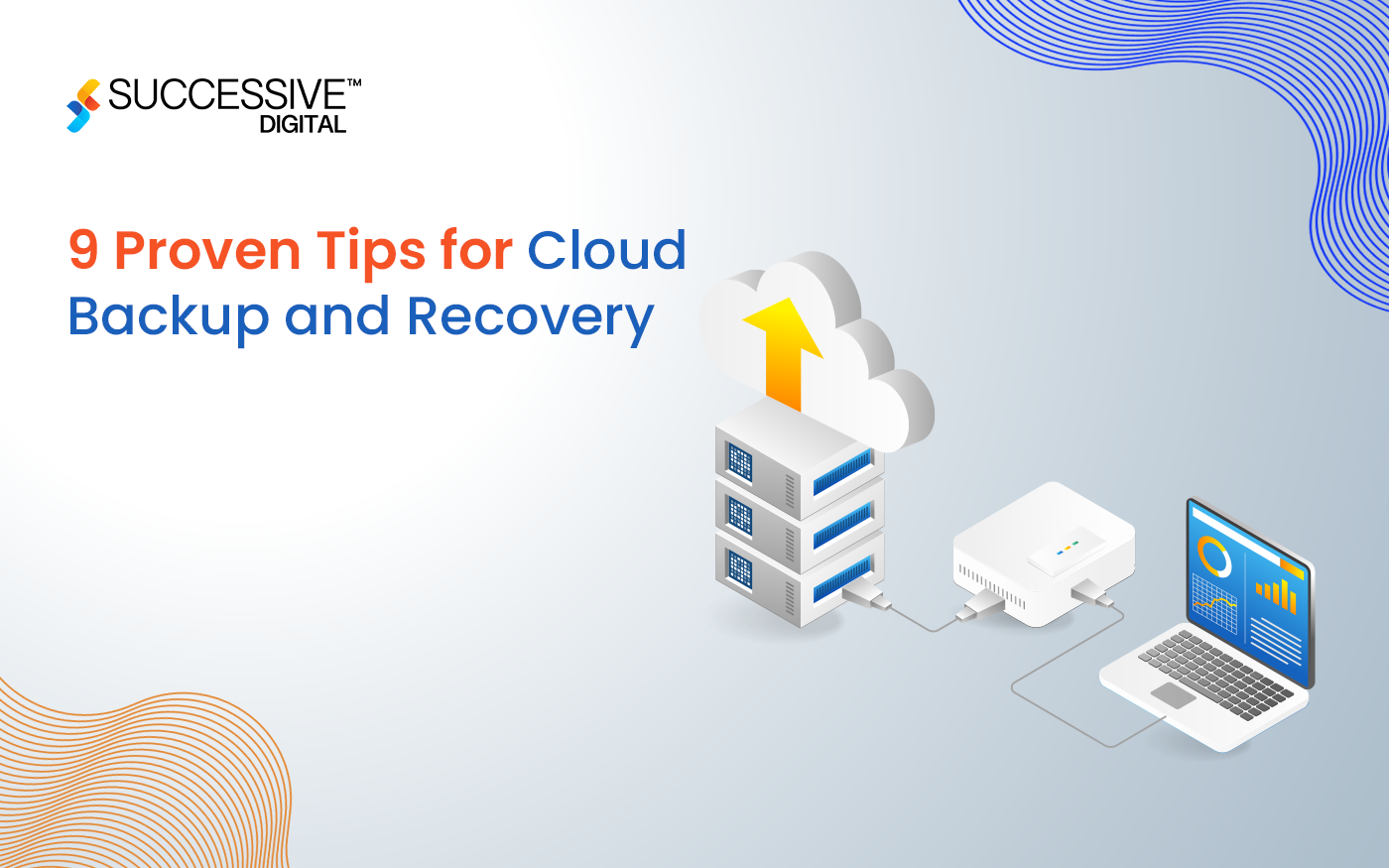Are you considering relocating your business to the cloud, yet have no idea how to begin? Most definitely, you are not the only one. As per Gartner, over 85% of businesses will adopt a cloud-first approach by 2025. Nevertheless, nearly 60% of the seamless cloud migration projects are delayed and over budget because of insufficient planning and implementation.
This is the reason why a clear cloud migration checklist is not only a nice-to-have but also indispensable. If you want to be able to move each component of your IT environment smoothly, safely, and efficiently, then you need to have a well-organized cloud migration plan.
Here is a 10-step checklist for cloud migration that will help you ensure a seamless transition to the cloud.
Step 1: Define Business Objectives Before Working with Technology
Without a doubt, a clear grasp of business goals is the main factor in any successful cloud migration plan. So, before you start talking about servers and tools, determine the reasons why your company is moving to the cloud. Is it to cut costs, enhance application performance, enable innovation faster, or increase security and compliance?
Having quantifiable goals right from the start not only gives the entire cloud migration process a feeling of a journey with a definite destination but also helps to identify the outcomes that matter most. Moreover, definite goals make it possible to align your cloud adoption initiatives with the overall business strategy, hence acting as a guide to success.
Step 2: Create a Workable Cloud Adoption Checklist
The subsequent step after defining the goals is to draft a cloud adoption checklist that mirrors the state of your IT environment. In other words, it involves inspecting the present hardware-software infrastructure, understanding application dependencies, and determining the least and most critical systems. Furthermore, it entails going through the compliance and regulatory requirements, such as HIPAA, GDPR, or PCI DSS, and drafting the budgets for the move. A thorough adoption checklist is a guarantee that every corner of your infrastructure is looked into and taken into account, thus there is less chance of encountering unexpected events at the time of migration.
Also read: What Is Cloud Transformation? A Comprehensive Guide
Step 3: Choose the Appropriate Cloud Migration Strategy
Not every workload should be handled in the same way during a migration. The “6 R’s” method is commonly employed by organizations to figure out the best route for each application. It is possible that some applications can be moved by a simple lift-and-shift (rehost) way, whereas some others might need a minor optimization (replatform) or an entire rewriting for cloud-native functionality (refactor). Some legacy systems can be substituted with SaaS solutions (repurchase), whereas the old-fashioned applications can be retired. There can be some essential systems that are kept on-premises for a short period of time until a complete migration is possible. The decision on the right mix of strategies is what leads to a good balance of efficiency, cost, and performance.
Step 4: Analyze Application and Data Dependencies
It is rare that applications are completely independent of each other. Therefore, in case you are relocating the data to the cloud, knowing in detail the interactions between applications, databases, APIs, and third-party services is very essential. Dependency knowledge gives you a chance to keep away from time-offs and other troubles with execution after the migration. Besides, it also spotlights latency or integration challenges and guarantees that interconnected systems move together. By properly recording these relationships, companies can forecast problems before they happen, and at the same time, they can keep the business going as usual during the migration.
Step 5: Select the Suitable Cloud Platform
Determining the appropriate cloud platform is a major component of the overall plan for transferring data to the cloud. Besides looking at the benefits of the major vendors like AWS, Azure, or Google Cloud, also check out the features of hybrid or multi-cloud deployments. Your organization’s requirements for scalability, compliance, performance, and cost flexibility should be the main reasons behind the decisions. The right provider is the one who can make your cloud environment not only a tool for the current workloads but also for the future growth that is in line with your long-term IT goals.
Step 6: Create a Security and Compliance Plan
Your cloud migration framework should prioritize security above everything else and not consider it as a mere feature added later. At the very least, certain security measures must be implemented which involve creating role-based access control, securing data that is stored as well as data that is being transferred, and maintaining a full backup and recovery plan for any eventual disaster situations. Besides this, companies should be absolutely sure that they comply with the particular industry regulations, such as GDPR, HIPAA, or PCI DSS, before the release. Detailed security and conformity plans function as a protective layer that stops illegal data access, lowers the chance of a violation, and facilitates the change.
Step 7: Plan a Phased Migration
A phased migration strategy is significantly more efficient than trying to do a “big bang” move all at once. You should therefore start by testing the migration process with low-risk applications and, consequently, be able to refactor the process and gradually move critical workloads. Transforming essential business systems at a slow pace will provide stability, which means that the downtime will be very limited and, as a result, the end users will have minimal, if not, inconvenience. Through the stepwise approach of the migration, companies thus obtain a chance to carry out a seamless migration to the cloud and still maintain business continuity.
Step 8: Optimize Performance Post-Migration
Interrupting operations and moving them to the cloud is merely the first step; performance optimization is equally vital. Enterprises must track their compute usage, storage efficiency, network performance, and application response times. In order to maximize efficiency and minimize costs, which, of course, should be the goal at all times, organizations are advised to make use of cloud-native features such as auto-scaling, load balancing, as well as performance monitoring tools. The continuation of the optimization process serves as a guarantee that the environment into which the migration took place is not only operational but also meets the targeted business goals.
Step 9: Train Teams and Redefine Operations
The change in culture and the different work practices that come with it are the main things that a transition to the cloud has to address in order to be successful. IT teams will have to operate new devices, follow automation procedures and utilize cloud-native architectures. The training of the employees is a way to ensure that the teams will be capable of managing and operating the cloud environment in a productive manner. Teams will be able to get the full benefits of the migration if they apply good practices in cost management and cloud monitoring through their everyday work. Human factors are as important as technical ones; therefore, a good way of guaranteeing success in the long term is to invest in training.
Step 10: Implement Continuous Improvement
Moving to the cloud is certainly something that should be considered a journey rather than a one-time project. Enterprises will need to have their cloud migration model on ongoing monitoring and tweaking based on their operational indicators, financial viability, and security status. These evaluations offer companies the chance to fully utilize new cloud services, extend their scalability, and upgrade their security. Continuous improvement built into the transition process will help organizations to eventually achieve all the advantages of the cloud.
Final Thoughts
It is not just about moving the data and the applications when one wants cloud migration that works well. A detailed cloud migration checklist ensures that the stages of the migration process, planning, security, optimization, or continuous improvement, are all carried out with a full understanding of their purpose. A firm that adheres to these best practices of cloud migration can execute their migration to the cloud without issues, thus leading to the improvement of their IT infrastructure, the rise of their business agility, and making their organization fit for a bright future. To learn more about how we help in successful cloud migration, contact us now!












